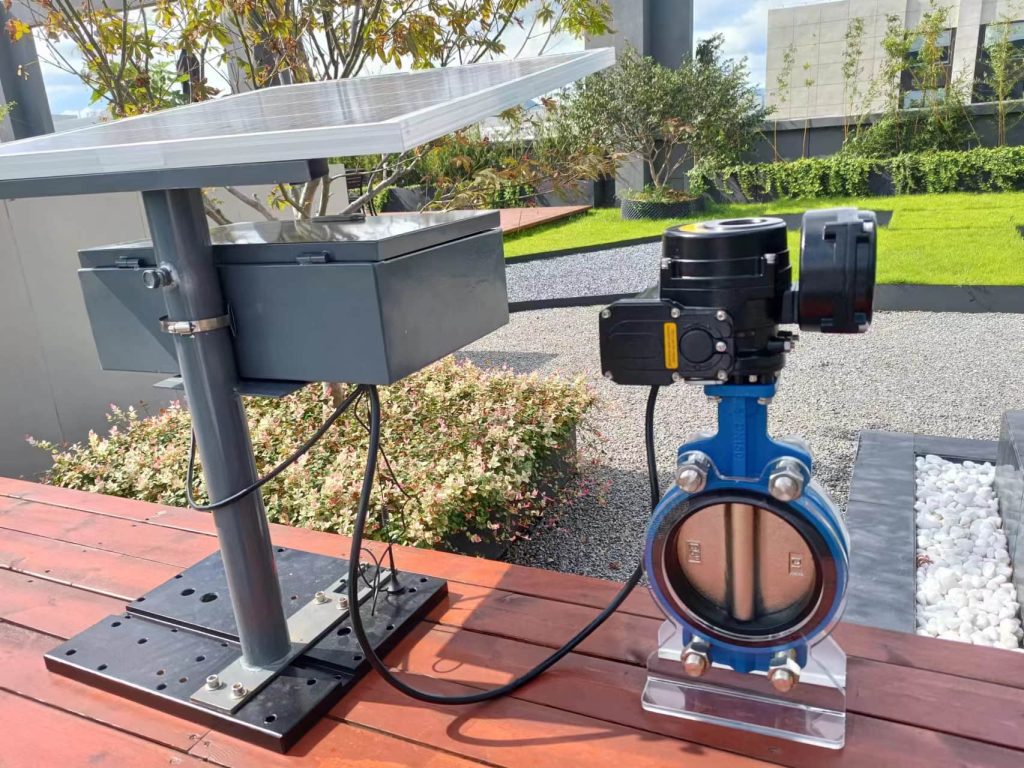In recent years, the demand for sustainable energy solutions has surged, leading to innovative technologies in various fields. One such advancement is the photovoltaic electric valve, which merges solar energy with automation to create a highly efficient and eco-friendly solution for fluid control systems. This article delves into the workings, benefits, and applications of photovoltaic electric valves, illustrating their significance in modern engineering.

What is a Photovoltaic Electric Valve?

A photovoltaic electric valve integrates solar power generation with electric valve operation. Typically, these valves are used to control the flow of liquids or gases in various systems, from water supply networks to industrial processes. The primary innovation lies in their power source: instead of relying on conventional electricity, these valves harness energy from the sun through photovoltaic (PV) cells. This characteristic makes them particularly appealing in areas lacking reliable electrical infrastructure. How Do Photovoltaic Electric Valves Work? Photovoltaic electric valves operate through a combination of solar energy conversion and valve mechanics. The PV cells installed on the valve convert sunlight into electrical energy. This energy is then used to actuate the valve, which can be either normally open or normally closed, depending on the system’s requirements.
